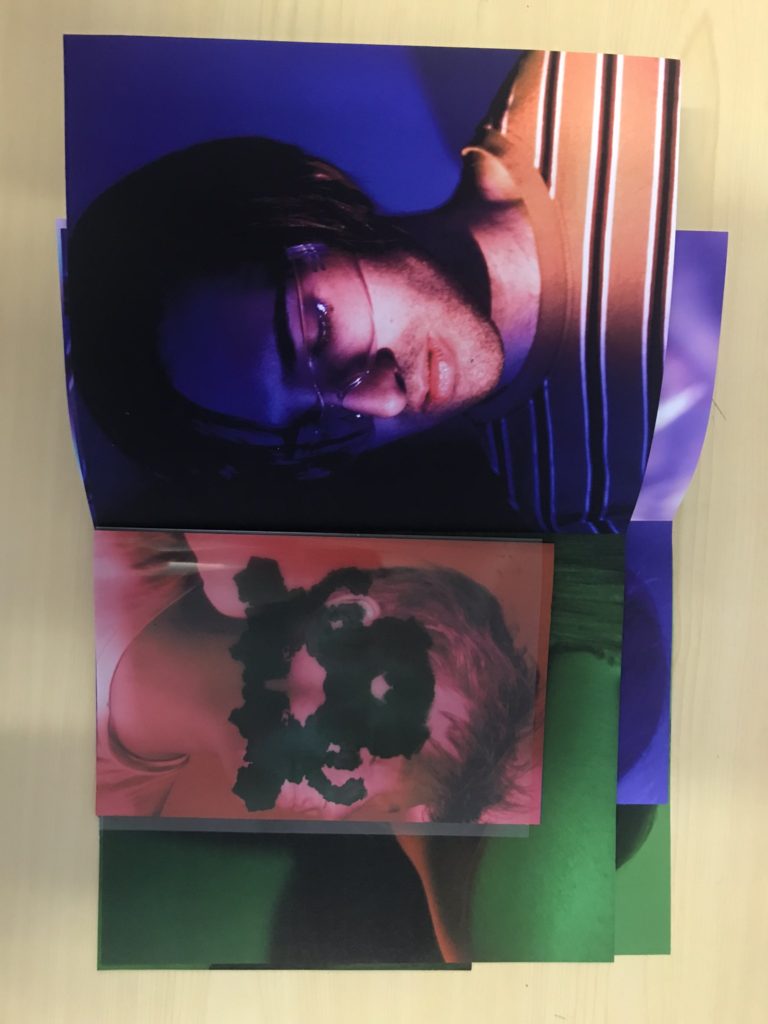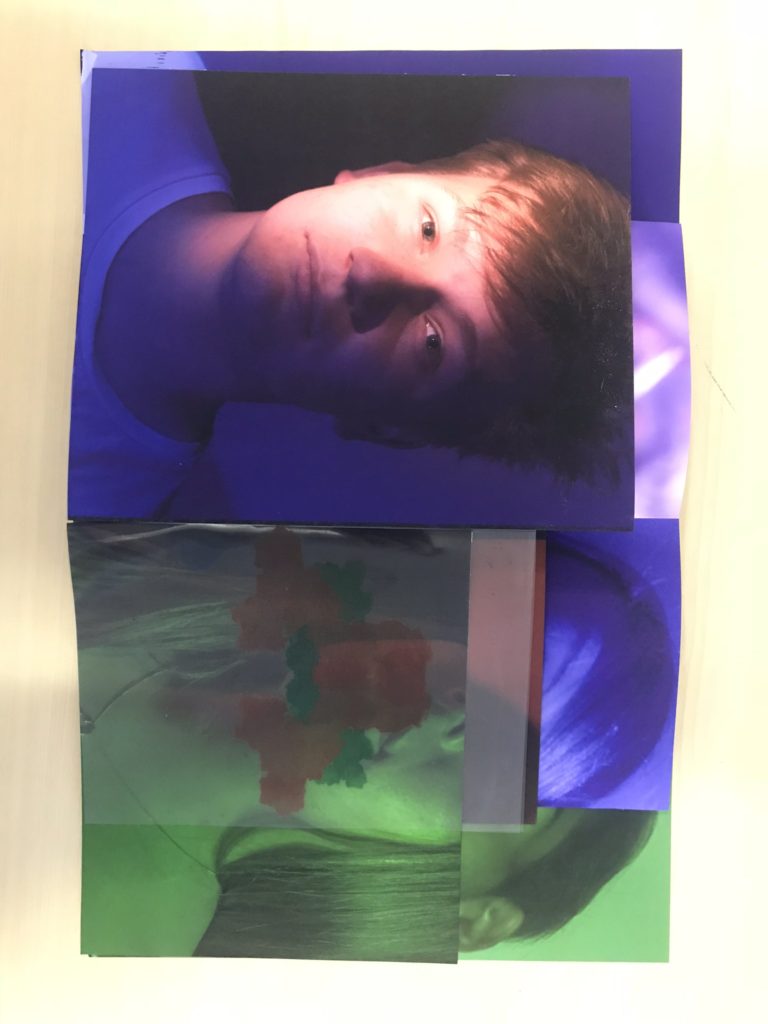Overall, my project builds relationships between psychological theories and portrait images through colour. Images are paired with ink blot tests that reflect the mental processes of the people in the images, however the shapes are interpreted differently by each viewer who sees it. The entire project is completely up to interpretation, even subtle features in the subject’s faces can portray one emotion to one person and be viewed differently to someone else. The idea of variation is shown through changes in colour and shapes and emotion although similarity comes from us all being human.
Daily Archives: May 14, 2019
Filters
Final Outcomes

My final outcome consists of the book I created as well as 3 page covers featured inside placed on foam board. I raised the middle image by sticking extra pieces of foam board under it to create a 3D effect.
Book Specification
How you want your book to look and feel:
I want my book to be simplistic yet still powerful. The professionalism will come from printing full scale images with good ink. I will hold all the images together using purple and red ribbons, similar to the way Satoshi Fujiwara uses an elastic band to hold his book together.
Format, size and orientation:
- 40 pages including acetate
- The cover will be printed A3 size (297 x 420mm)
- Other pages included inside will be printed Square (296 x 300mm), A4 (210 x 297mm), Rectangle (250 x 420mm) and Small Rectangle (180 x 420mm)
- Acetate will be printed A4 size
Rhythm and sequencing:
I will pair images together based on the shapes in each image. For example, pairing close-up head shots with further away shots for contrast.
Structure and architecture:
Some images will be cropped to fit the scale of the paper, this will prevent the viewer from seeing certain features of a portrait. Other images will be flipped upside down.
Narrative:
The book will look at the individuality between males and females as well as the differences between human beings and their psychological processes.
Title:
The book will not be given a title, as like Rorschach’s ink blot tests, in which there is no text, it is down to interpretation. I want the viewer to create their own relationship between the ink blots and the portraits partnered with them rather than be hinted at with the use of a title.
Images and text:
No text included
Colour and B&W (or a mix):
All images are different colours including red, green and blue. As the pages are different sizes, when the pages are folded, it will become layers of different colours.
Paper and ink:
Unlike Satoshi Fujiwara, I will only use matte paper to produce my book. For two reasons; 1 being that it is what is available for the printer that I will be using and 2 in that it will help blend all the images together into one big ‘book of colour’. The Rorschach ink blots that I have produced will be included as acetate pieces so that the images can be seen through them.
Code Unknown – Satoshi Fujiwara
In Michael Haneke’s 2000 film Code Unknown, there is a scene in which the protagonist’s lover, a photographer, secretly snaps pictures of passengers sitting across from him on the train.
Inspired by the film, Satoshi Fujiwara used the same approach to shoot people on Berlin trains. In contemporary society, it is not acceptable to publicly display pictures of people’s faces that were taken without their permission. Thus, Fujiwara shot and edited his pictures in a way that makes it impossible to identify the individual people who served as “models, using the shadows created by the direct sunlight pouring in through the windows, various compositional approaches, and digital processing to keep their identities anonymous.
Satoshi Fujiwara is ultimately a street photographer; he carries a camera with him in his day-to-day life and shoots people and events that catch his eye. The pictures were taken over a period of several months and show people from a diverse range of ethnic backgrounds, German, English, and other European languages, but also many languages from the Middle East and Asia.
The artist describes being inspired by the unfamiliar, chaotic qualities of European visual culture in relation to the homogeneity of his native Japan. He has brought aspects of this fascination with the West back to Japan.
Award, Shortlists
2018 Foam Paul Huf Award, shortlist
2017 Prix Pictet Japan Award, shortlist
2015 Outset | UNSEEN EXHIBITION FUND, shortlist
2014 Japan Photo Award
Published in 2015 by Amana/IMA Photobooks
Deconstruction of the physical and narrative features of the book:
Format, size and orientation: 58 pages (multiple sizes), The cover is 27 x 37 cm
Images and text: Includes an essay by the artist on a loose sheet, explaining the inspirations behind the project.

Book in hand: The book is loosebound and comes with an elastic band to hold all the images together. The Soft cover has a glossy finish.
Paper and ink: 56 colour and black and white reproductions on several paper stocks (matte, glossy, white bordered, thin/thick etc.). The use of different paper stocks and/or of different page sizes can be a very simple way to organize information in a tactile and/or visual sense. An attentive reader will realise that there is a difference in meaning behind two images if they consist of different materials.
Structure and architecture: The unconventional construction of the photobook created by a folded layering effect presents a twisting collage of mixed body parts. His portraits are oriented in all directions. Some spreads feature a cropped face on one side and on the other, an extreme close-up detail from that same face, but rotated ninety degrees.

Rhythm and sequencing: The narrative is provided by the book’s dynamic design which highlights a distinct sense of immersive motion. Faces swirl and overlap, building on one another (sometimes on the same page), becoming an interwoven mixture of disconnected features, just like the swim of passing faces on a crowded train. This is a case where the packed density of the photobook form is likely the fullest manifestation of Fujiwara’s vision. While certain individual faces stand out and will make striking large scale prints, it is the pleasingly jumbled public/private experience found in the book that thrums with visual and conceptual richness.
Title: The title “Code Unknown” is taken from Michael Haneke’s film of the same name. It also links to the unfamiliar qualities of European culture, being that Satoshi is native to Japan. Code Unknown signifies an outsider looking in, noticing detail that make us all the same and removing all social convention.
Final Presentation A4 & A3 – 15 hour exam


Book Specification – Rinko Kawauchi

Deconstruction of the physical and narrative features of ‘illuminate by Rinko Kawauchi :
Illumaiance is one of the book from a three part series called the ‘Utatane’ series, in which Rinko describes it as
‘Utatane re-creates a fragmentary and fleeting world in which every detail relates to notions of birth, life, death and the passage of time’. It focuses on the tiny elements of life that we would miss out on in out normal everyday life. The book has a female touch which is evident though the pastel and soft colours which is a running theme throughout the book. The book was published in 2011 and is £40. The book is very heavy to hold as it contains hundreds of pages of photos. Each of the pages are think in its quality which has helped to give the book and very professional feel to it.

Format, size and orientation:
The book is 11 x 8 1/2 inches, 163 pages, 144 four-color images. The book has been made as a cloth bounding a using Japansee binding to hold it together, due to this it gives the book a rough texture to the hands when it is held.
Rhythm and sequencing
The book focus of the book is a sublime and spiritual aesthetic that runs throughout the whole of the book. The book links together as a whole as each image links to the next one. Each image has a unique style which contains a spiritual element which Rinko is able to create easily. In the book there is the constant pattern flowing throughout the book of circles and the sense of moving, nearly on every page there is some form of circle weather it be tiny or small or the center focus of the image or just out of the frame. I think is meant to be a metaphor for the circle of life as Rinko said that the book is meant to ‘inescapable life and death and everything in between’. However some of the images that are presented next to each other are contrasting, its the contrast within them that works well together, such as the light and shadow and the line compared the circular shape.

Structure and architecture:
Her work is very much inspired by the religion of Shinto that all things on earth have a spirit, hence no subject is too small or mundane, which is evident in this book. I feel as if her book is a reflection of her view of the world, she is able to see more than the physical object such as a tree she sees the re marke able beauty in it. What inspired me most about her work, is how beautiful her images of everyday landscapes she has photographed in way that they appear beautiful. She is able to photograph the beauty in everyday life. Her images range from landscapes to portraits to abstract scenes, in her work she applies a soft touch to all of the images, so they look very relaxing and visually pleasing on the eye. Her work is very similar to the style of Laua El Tanaway, both of their work has a dream like feel to it, are very very bright and the colours in the images are very desaturated.
She brings a very contemporary and fresh feel to her work, she is breaking the conventional rules with her photography and shows her perspective of the world. The framing of her images are not always typical photography angles and would be sometimes consider incorrect but the way that she frames it and uses symmetry and patterns adds much more depth too her images, looking at her work as a viewer I am able to see Rinkos mindset and look on the world and I can tell that she views each work personality and emotion into each image and each image has a meaning and nothing is placed by accident, Which I hope that I have transferred into my work and a viewer of my work would be able to pick out these qualities in my book.
All of the images are 6x6squares that have been positioned on the top section of the page, this is consistence throughout the book
Narrative:
There is no narrative to the book in regards to telling a story, but there is this sense of flowing and everything come full circle. As the images are of everyday things and situations I think that these images must have been taken over a long period of time and then have been carefully selected to get this sense of connection between them.

Title:
The book is titled ‘Illuminance’,which is visually reflected in the images as all of the images are very light and look like they have been over exposed but Rinko had done it in a way which has given a nice aesthetic to the images which has become a trade mark style of hers.
Colour and B&W (or a mix):
All of the images are in colour but are very light and the tint of the colours to give them a certain look to them, almost as if they had been taken on a film camera but they had not.

makeup photoshoot
I conducted an extra photoshoot to fill pages in the magazine and compliment my portrait images. I wanted to capture the idea of how people use makeup to correct their faces and make them look a certain way. These images have similar colour pallets of pastels and skin tones to the portrait images I have taken meaning they will fit the theme well
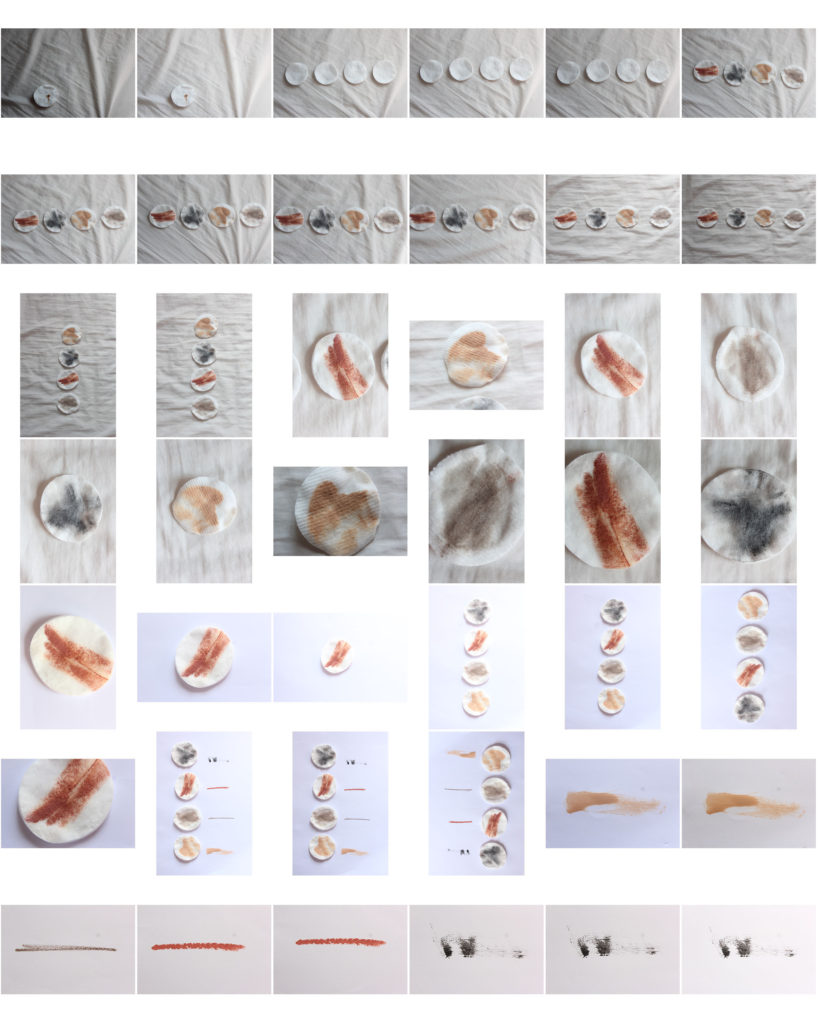
I decided to edit these by duplicating them and turning them into pattern backgrounds to created breaks from portraits in the magazine pages.
Chen Po I – Photo shoot (Photo Shoot 6)
To complete this photo shoot I went to an abandoned location which I knew had a variety of windows, doors and openings which could be used as frames. I photographed these openings with the plan of removing the inside of them and replacing it with a different image. This is to follow in the style of Chen Po I who does a similar thing, the idea of this is to show the a different view of what would have normally be seen though the window.

The building I chose to explore was an disused care home overlooking the town. The view from the home has been obstructed by the grow of a woods. I photographed past and through the woods to simulate what the view would have been like before the home fell into disrepair.

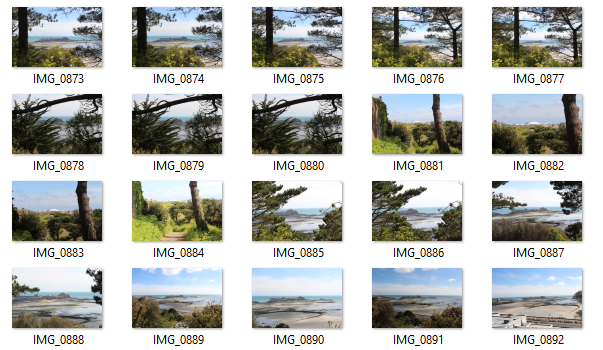

To manipulate the photos I used the lasso tool to cut out the middle of the window frames. I made sure to not just to use straight lines when cutting and instead used lots of little cuts to make sure it makes the damaged frames.

Once I was happy with the cutting I placed the background image behind the first image to create the effect that that is the real view from the frames.
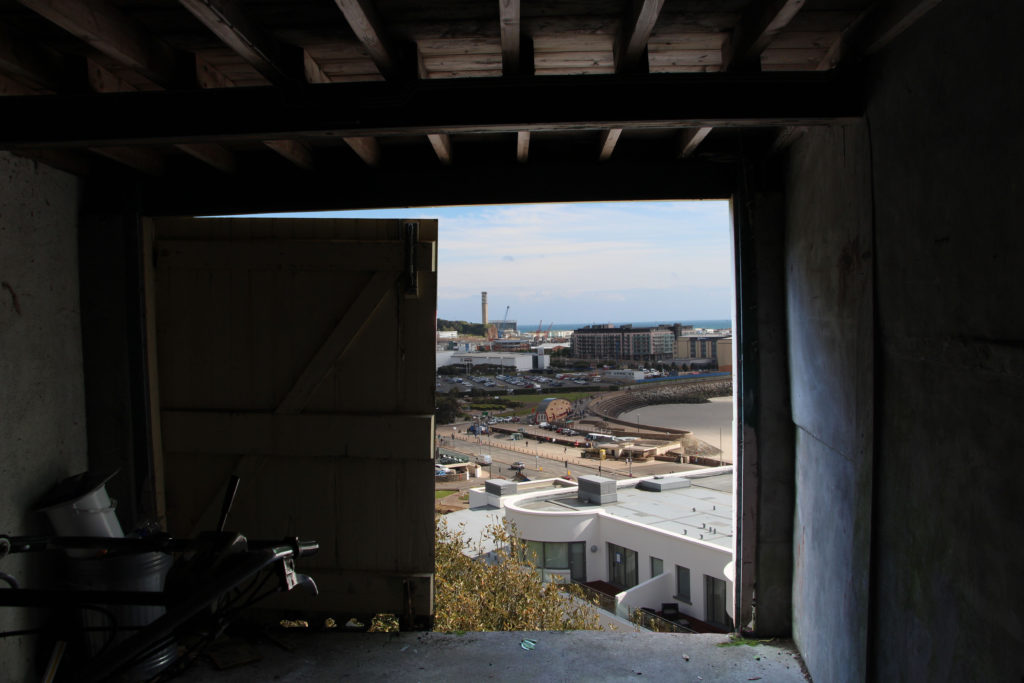
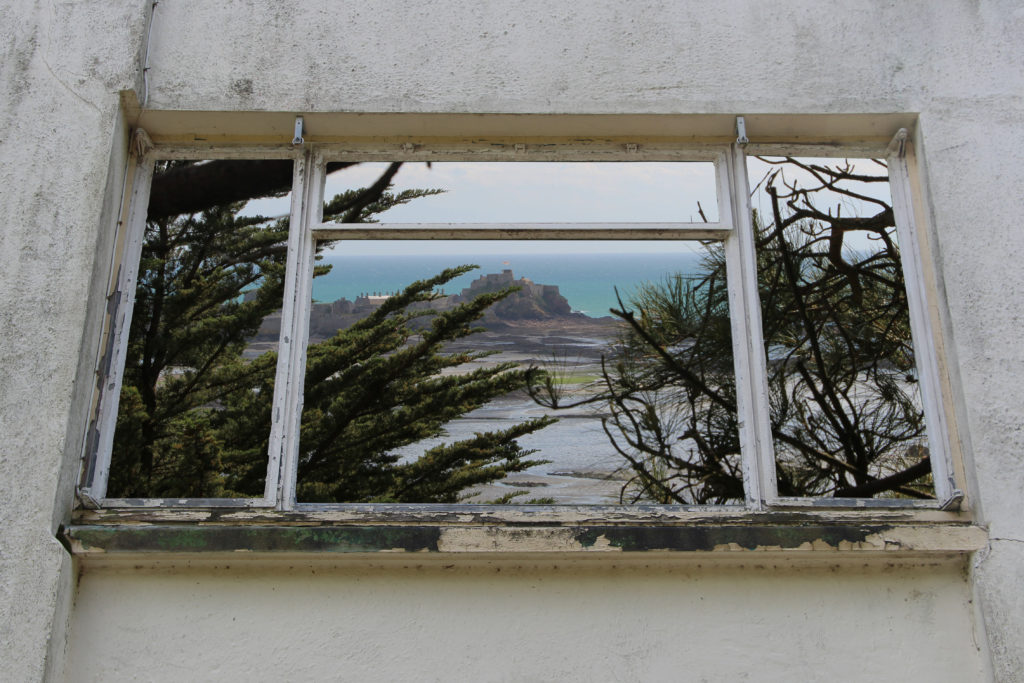
Final Outcomes
The final prints I chose I think display the best images that I took over a array of different shoots all displaying water, earth, fire and air in a different but similar way. I have decided to present the A3 and a4 images together on a card to represent a summary of the project.
A3
Each of these image represent a different element Earth, Fire and Air as I fell as these images are the backbones of the project holding it up and I want to show the detail within the image clearly, however I have not chosen an image from fire as I feel as if its present in the project is not as important as some of the other work.



A4





A5

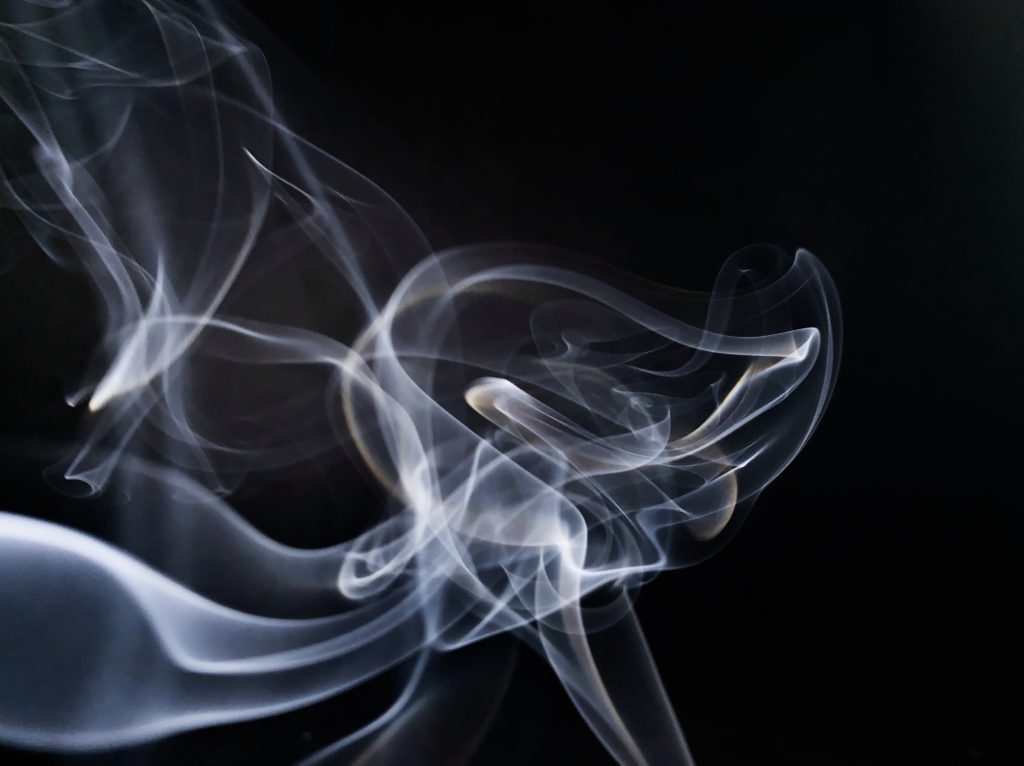

ESA // Presentation Ideas
Window mounts:
I am wanting to present my images on a black background and in window mounts. I have looked at different layouts that I could present my images, including; each set of images being in their own window mounts, each image being in seperate window mounts, if I have four images to one board or if I join two boards together and have all eight images presented together.
I have decided to present my images on two boards





